State of the Art
In the quest for sustainable and energy-efficient cooling solutions, the TerraCool project endeavors to harness the natural properties of clay through the innovative application of multi-material 3D printing technology. This research project aims to develop an advanced evaporative cooling system utilizing seashell ceramic. “TerraCool” is not only a testament to the symbiosis of traditional materials and modern technology but also a step forward in creating environmentally friendly cooling systems. The system does so through a network of water channels that would absorb rainwater and later provide evaporative cooling.
Fig 1: State of the Art: Evaporative Cooling
Design Drivers
The following design drivers were explored to achieve the objectives of the project: the surface morphology, the radii of the water channels and the depth of the cantilevers. A curved surface was chosen as it would provide more surface area and more time for the water to get absorbed. Some precautions were also taken in the computation process to avoid anomalies that could come up while printing.
Fig 2: Design Drivers
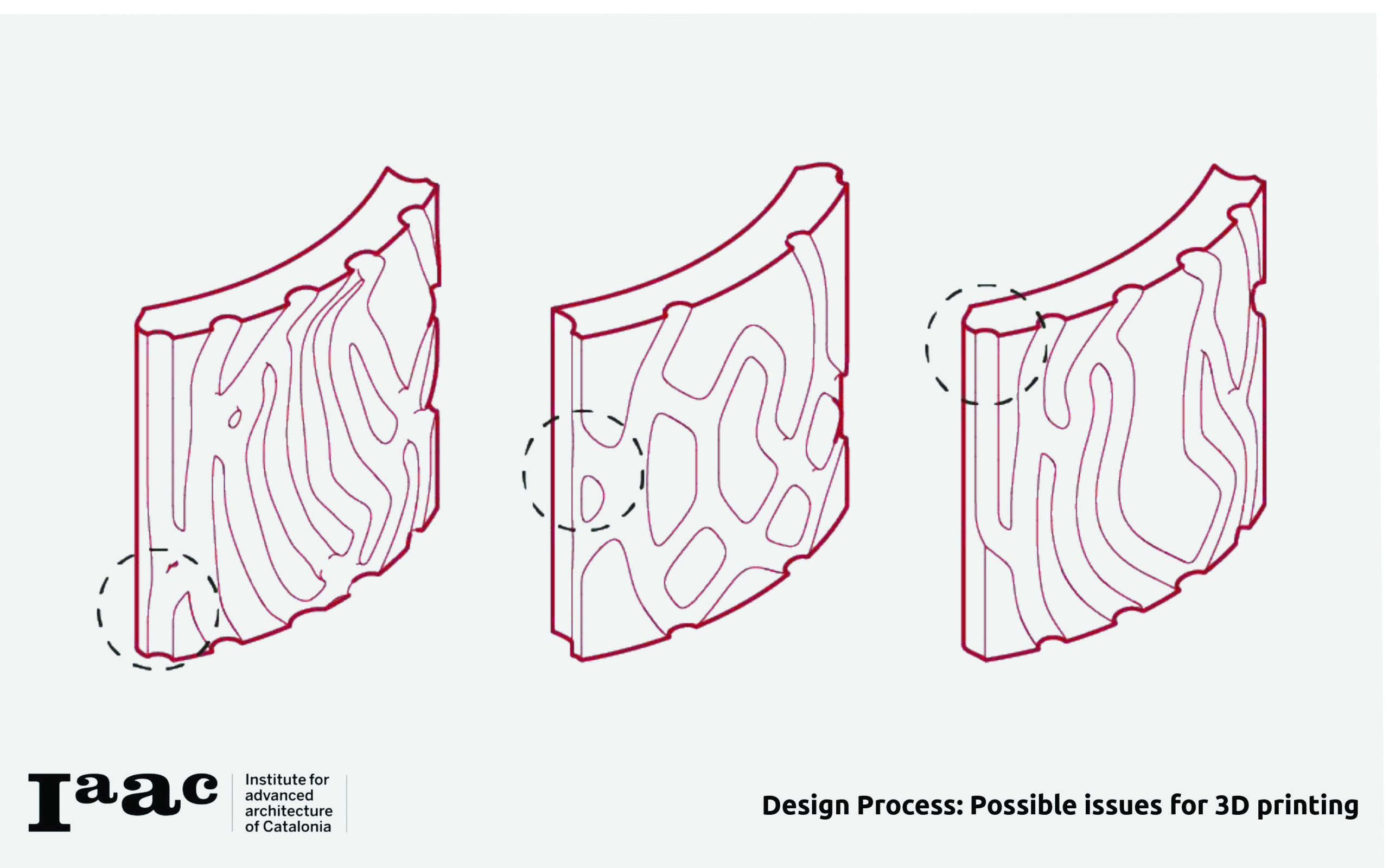
Fig 3: Possible issues to avoid with 3D printing
Fig 4: Visualization of the Water flow in the Channels developed
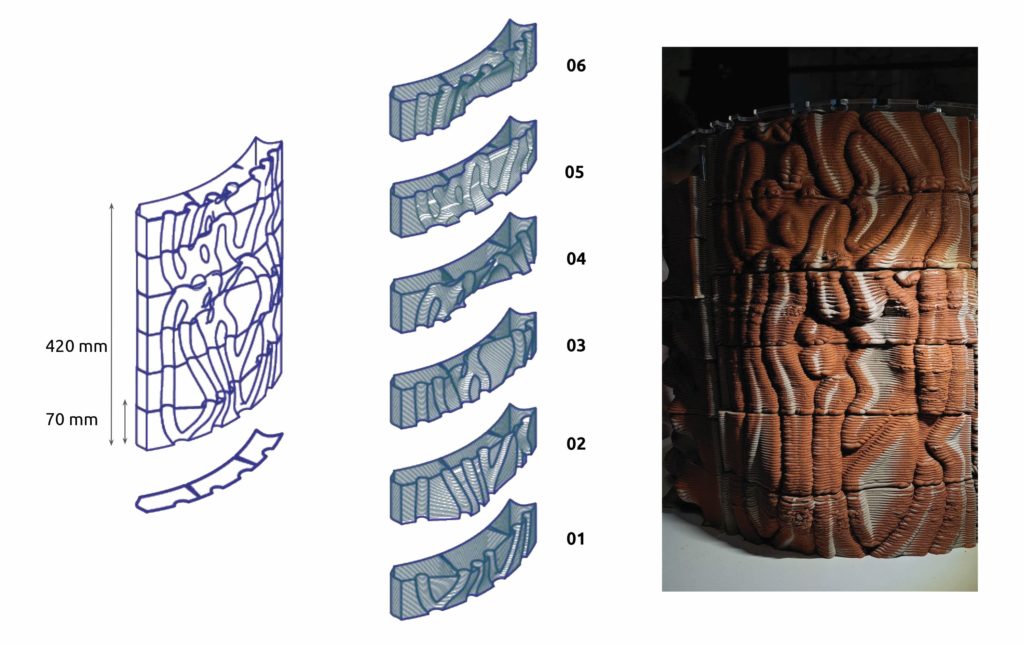
Fig 5: Assemblage
Material Applications
Clay provides robustness and high thermal mass, and forms the core structure, providing stability and a prolonged cooling effect. In contrast, the seashell ceramic acts as the outer layer, enhancing evaporative efficiency and reflecting solar radiation. The firing temperatures for the two materials are around the same range.
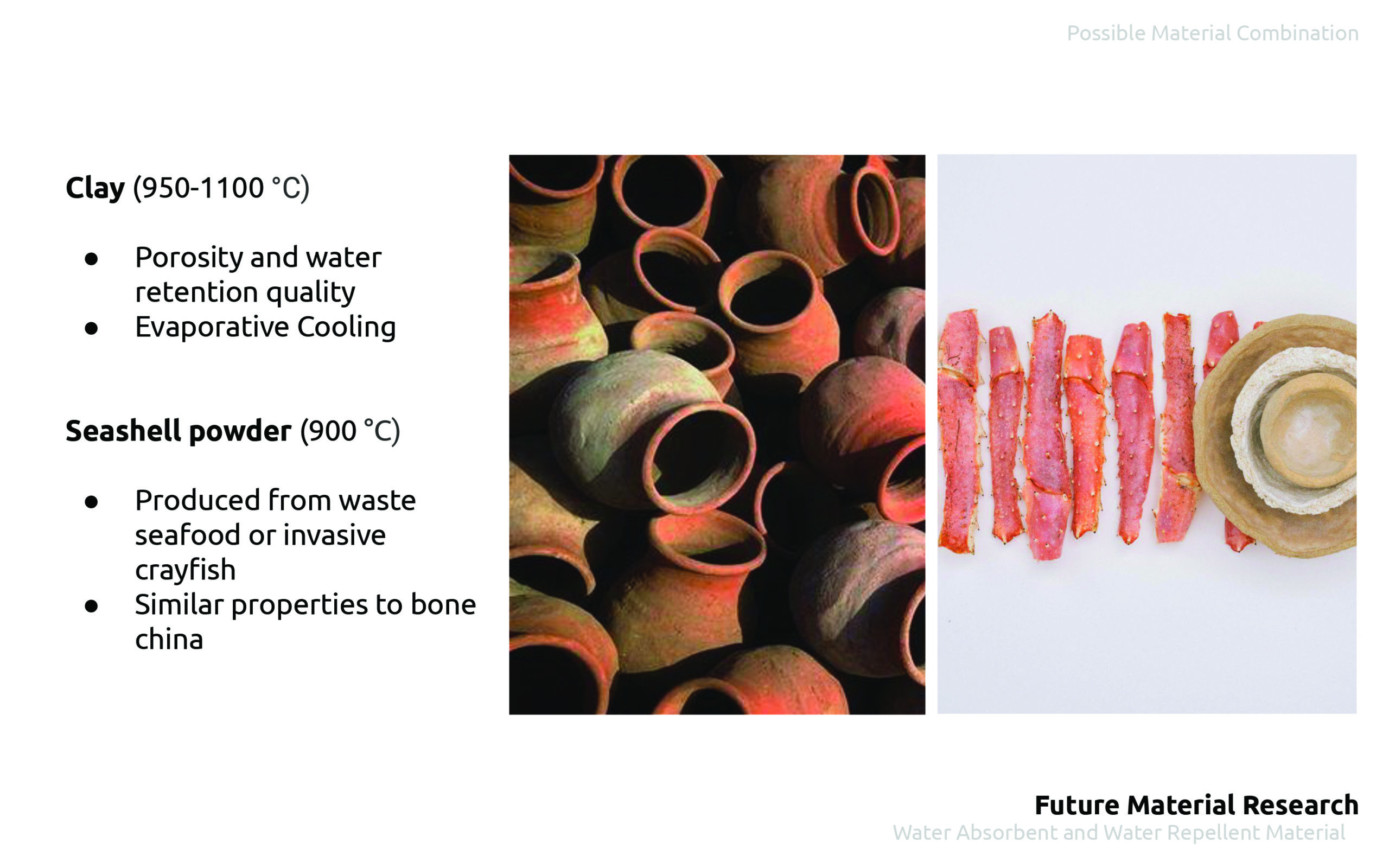
Fig 6: Future Material Research
Printed Results
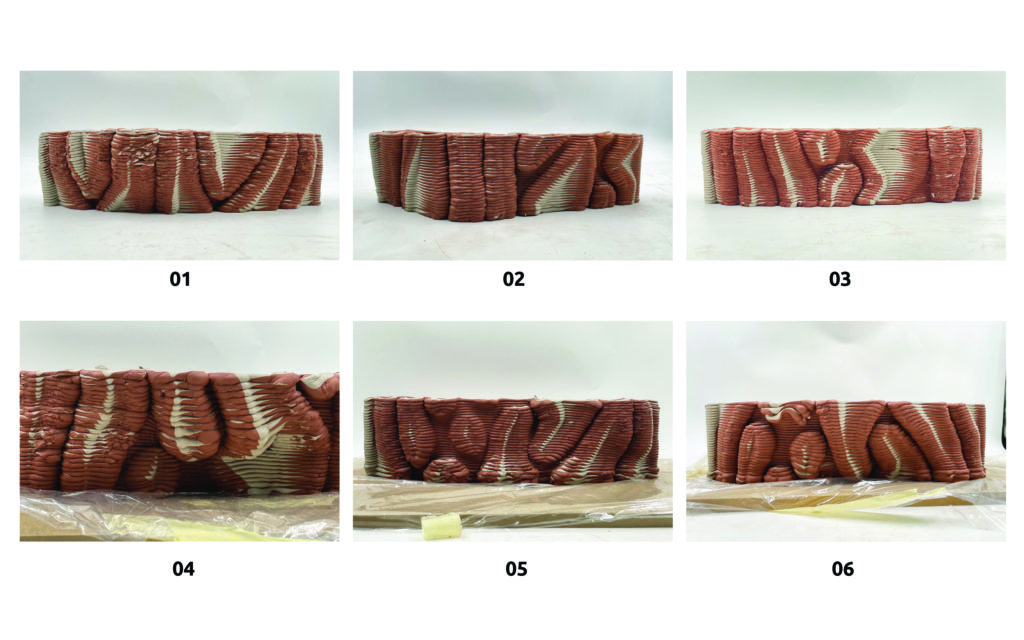
Fig 7: The six 3D-printed Elements

Fig 8: 3D-printed Prototype

Fig 9: Final Assembly of 3D printed prototypes
Architectural Application

Fig 10: Visualization of Concept in Real-World Scenario

Fig 11: Visualization of Concept in Real-World Scenario
Fig 12: Visualization of Concept in Real-World Scenario – Video
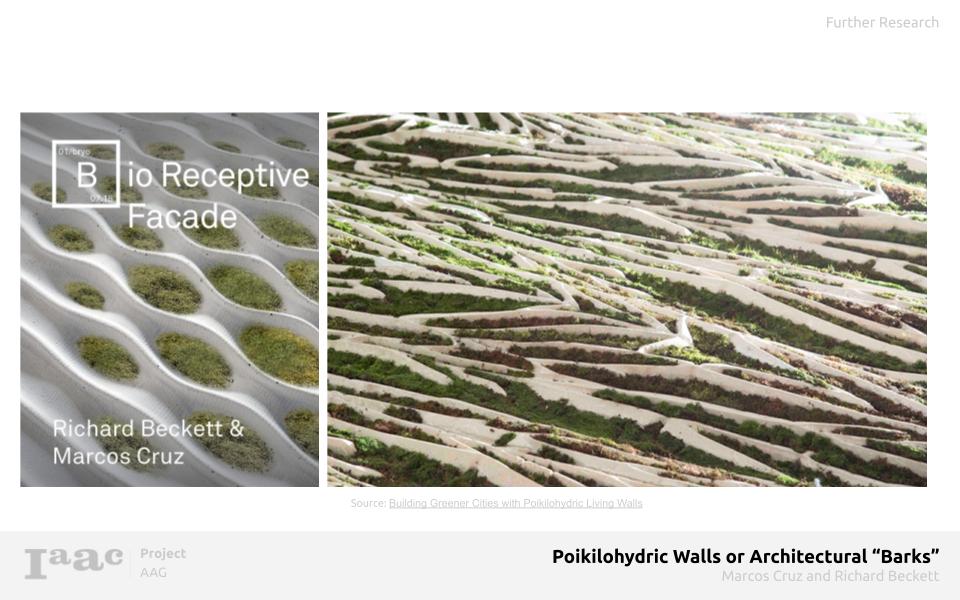
Fig 13: The water channels could serve as bioreceptive facades with moss, lichen and other biofilms thriving in them

